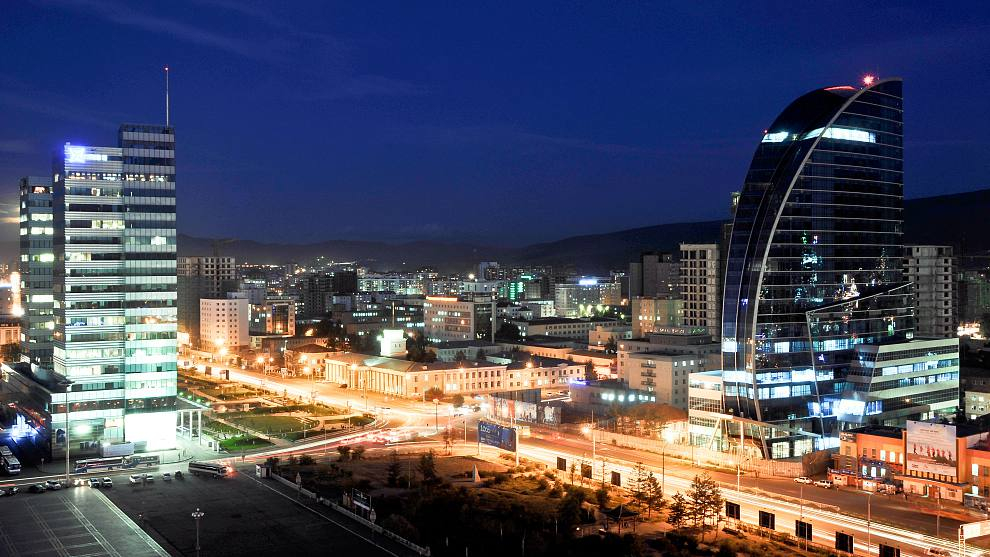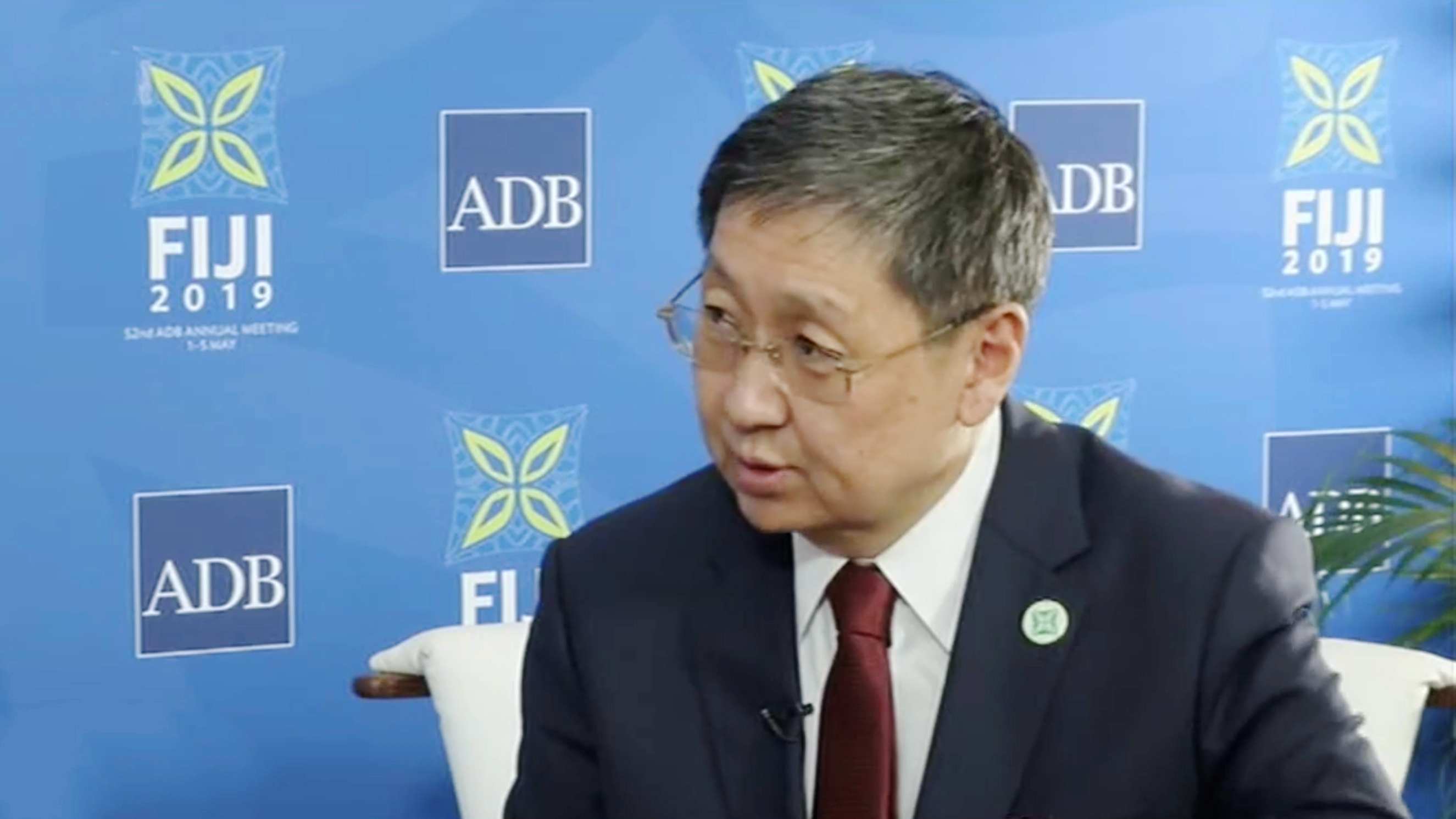
Economy
22:20, 06-May-2019
Mongolia is diversifying its economy to build buffers over rapid growth
Global Business
02:08

Rising gold and copper prices have helped fuel growth in Mongolia, which heavily relies on mining. But how does the country save for a rainy day when global demand for the metals used in electric car and renewable energy are rising?
The economic growth of Mongolia last year was 6.9 percent, the highest in four years. The Asian Development Bank (ADB) expects the country's growth to be 6.7 percent this year. Khurelbaatar Chimed, Mongolia's finance minister, cited the country needs buffers to avoid an increasing government debt.
“Three years ago, government debts accounted for 85 percent of our GDP, now [the percentage] is down to 58 percent. We need buffers,” said Chimed, noting that his country has created the stabilization fund and the wealth fund, and it's also necessary to be very careful about expenditure decide for the budget.

Khurelbaatar Chimed, finance minister of Mongolia, speaks to CGTN. /CGTN Photo
Khurelbaatar Chimed, finance minister of Mongolia, speaks to CGTN. /CGTN Photo
Mongolia has identified tourism as a sector that can be developed to diversify its economy and create jobs, setting a goal of hosting one million foreign tourists and making one billion U.S. dollars from the industry in 2020.
More infrastructure is needed, which is beneficial to both local Mongolians and other foreigners, according to Chimed.
China and Mongolia are eager to strengthen relations under the agreed flagship China-Mongolia-Russia Economic Corridor (CMREC), one of the key corridors under the Belt and Road Initiative (BRI).
Chimed cited it is historic for Mongolia to be part of the BRI, indicating that “Mongolia is looking at it [CMREC] as an opportunity and trying our best to be connected with other countries and take advantage of this strategy.”

SITEMAP
Copyright © 2018 CGTN. Beijing ICP prepared NO.16065310-3
Copyright © 2018 CGTN. Beijing ICP prepared NO.16065310-3